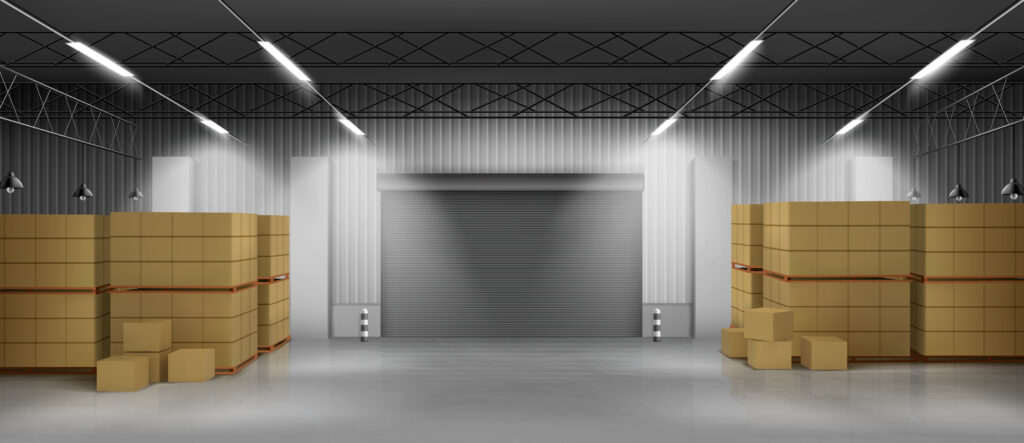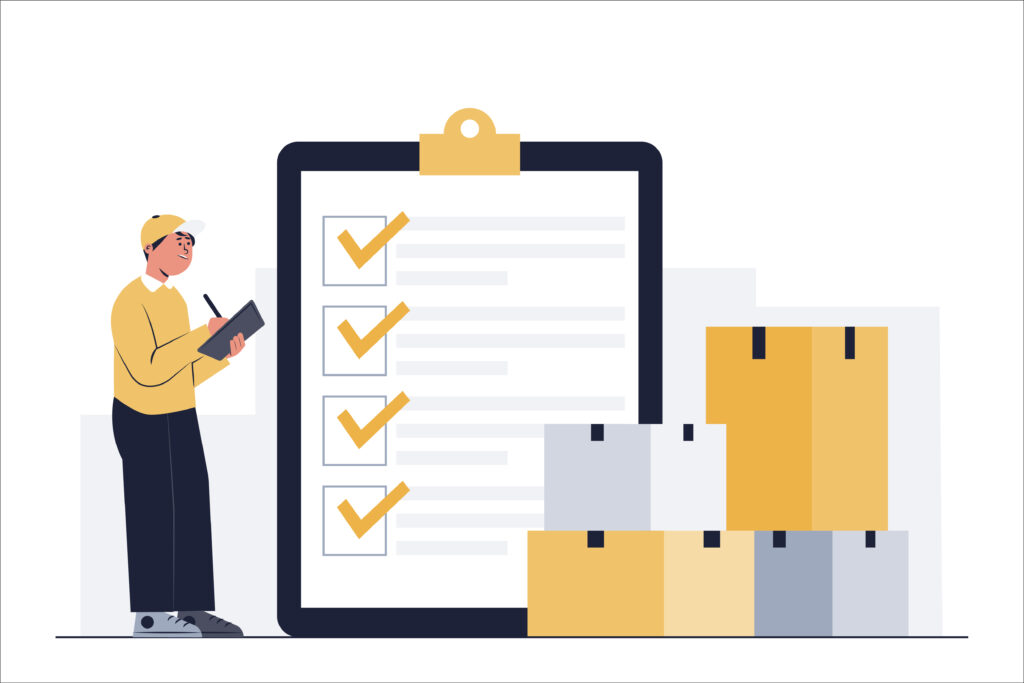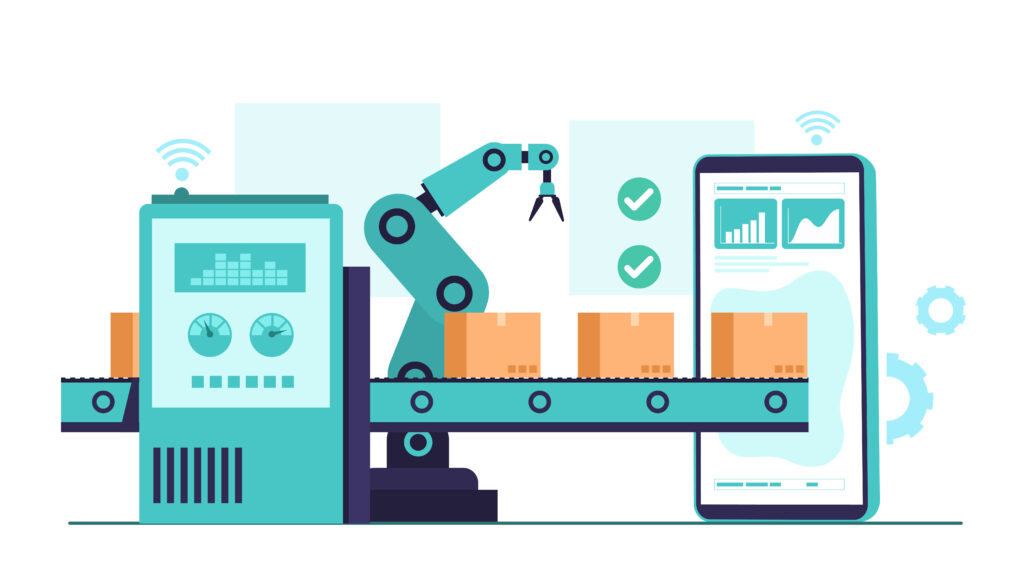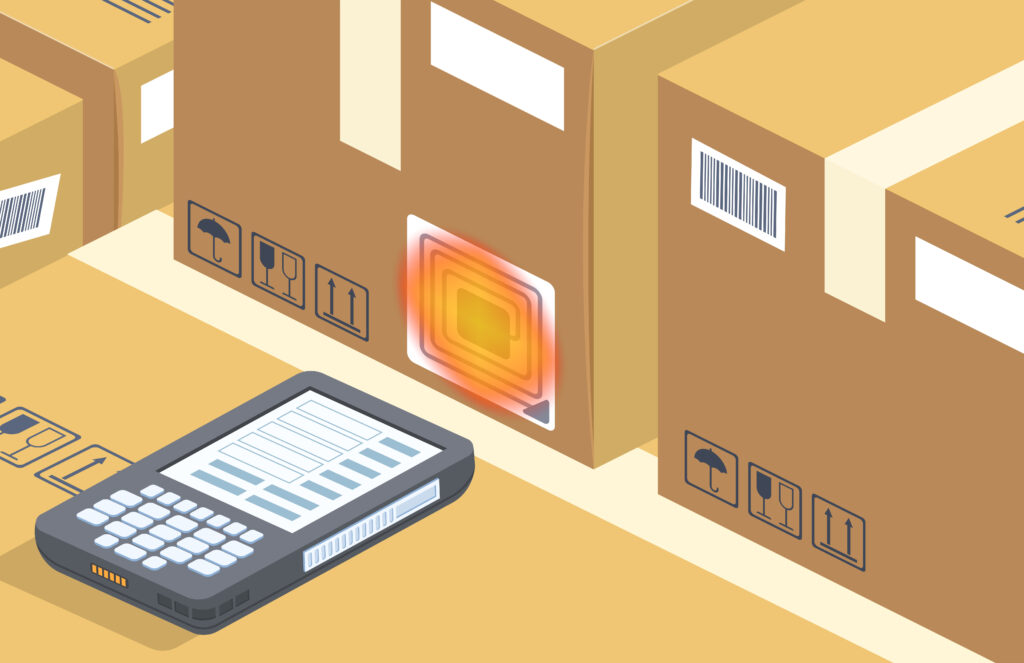Reporting sits at the core of every warehouse operation. It is the lens through which leaders make decisions, monitor performance, and anticipate challenges. Yet, behind the charts and dashboards lies a process that is often far more complex and costly than it should be. Screen development in warehouse reporting has become a silent drain on organizations, consuming weeks of effort, tying up technical resources, and quietly inflating operational costs. Consider what is at stake. On average, creating a single Blue Yonder WMS reporting screen takes nearly 100 hours and costs around $8,000. Multiply that across the 10 to 15 forms most warehouses need, and you are looking at a total cost between $80,000 and $120,000 per site. These hidden costs accumulate quietly but consistently, eating into operational ROI year after year.
ROI suffers, not because the data lacks value, but because accessing it comes at too high a price. In today’s supply chain environment, this imbalance is unsustainable. Warehouses need solutions that put control back into the hands of business users, reduce IT dependency, and accelerate reporting without compromising accuracy or security.
This is where SmartViu by Smart IS comes into play. Built specifically for Blue Yonder WMS, SmartViu redefines how screens and reports are created, managed, and consumed. In this blog, we will explore the hidden costs of screen development, why they pose such a challenge to warehouse operations, and how a smarter approach opens the door to both efficiency and value.
The True Cost of Screen Development in Warehouse Reporting
For warehouses, data is not just ;information, it is the foundation of every decision. But turning that data into actionable insights often comes with a price tag that is heavier than many realize. Screen development, the very process designed to give real-time visibility into warehouse operations, quietly consumes an outsized share of time, money, and resources.
The math is sobering. Developing a single custom report screen can demand up to 100 hours of effort. Factor in the expertise required, and that translates to nearly $8,000 per screen. Multiply this across the 10 to 15 screens most facilities need just to keep their operations visible and under control, and the figure quickly escalates into six digits. These are not optional costs either; they are unavoidable for businesses that rely on timely reporting to keep operations on track.
What makes this burden even heavier is that these costs rarely appear on the surface. They are hidden in extended development cycles, in delayed reporting availability, and in the hours of back-and-forth between business teams and IT. The result is a constant undercurrent of inefficiency that eats into ROI and slows the very processes reporting was meant to accelerate.
Also Read: Agentic AI in Warehouse Operations: From Reactive to Autonomous Systems
How Time-Intensive Processes Erode ROI
Time is perhaps the most underestimated casualty of traditional screen development. Each new report request or modification often sets off a long chain of dependencies gathering requirements, aligning with IT, waiting for development, testing, and then deploying. Weeks can pass before a single update goes live, and by then, the business need has often shifted.
The opportunity cost of this lag is significant. When teams cannot access data quickly, decision-making slows down. Bottlenecks remain unnoticed, inventory inefficiencies continue unchecked, and productivity suffers. Even worse, frontline managers often revert to exporting data into static spreadsheets, a stopgap measure that consumes additional hours while stripping away real-time visibility.
In fast-paced warehouse environments, the inability to act swiftly is as costly as the development hours themselves. Every delay ripples through operations: missed opportunities, slower responses to demand fluctuations, and ultimately, reduced competitiveness. ROI is not just eroded by direct costs, but by the unseen losses in agility and responsiveness.
The Operational Risks of Relying on Traditional Reporting Methods
Beyond cost and time, traditional approaches carry operational risks that many warehouses can no longer afford. Relying heavily on IT for reporting creates a single point of failure. If priorities shift, business users are left waiting. If requirements evolve mid-cycle, the entire process must start again. These dependencies introduce fragility into a system that should be resilient.
Security is another overlooked risk. When data is exported and shared through Excel or email, control is lost. Sensitive information may circulate beyond intended audiences, governance standards are compromised, and the integrity of reporting suffers. What begins as a workaround to accelerate insights often exposes warehouses to compliance challenges and operational vulnerabilities.
And then there is the human factor. Repetitive manual work not only lowers morale but also increases the chance of errors. A single mistake in data handling can skew reports and lead to misguided decisions. In an environment where precision and timing are everything, these risks are simply too high. Warehouses need a more reliable, sustainable, and user-empowered approach to reporting if they are to thrive in a data-driven era.
A Smarter Path Forward: Simplifying Reporting with SmartViu
This is where change becomes not only desirable but essential. The challenges outlined above are not minor inconveniences; they are structural barriers that limit growth, drain budgets, and slow the pace of decision-making. The opportunity lies in reimagining reporting altogether, shifting from a model weighed down by cost, complexity, and dependency to one that empowers business teams directly.
Warehouses today do not just need more reports; they need faster insights, easier control, and greater flexibility without the heavy cost of technical dependency. SmartViu by Smart IS is built precisely for this shift, addressing the long-standing challenges of reporting while unlocking new opportunities for efficiency and agility.
As the first-ever, AI-powered, no-code screen development and reporting solution built for Blue Yonder WMS, SmartViu reduces screen creation time from 100 hours to just 30 minutes, which is200x improvement in speed. Warehouses using SmartViu have reported up to 80% faster report delivery and 95% cost savings in screen development.
Here is how it makes a difference.
Easy Screen Development: Eliminating Technical Bottlenecks
Traditional screen development ties up IT teams and stretches reporting timelines. SmartViu breaks that cycle by enabling warehouse teams to design and deploy screens independently. There is no need for DDAs or web development knowledge. Business users can own their reporting needs, cut development time, and reduce dependency on technical resources, ensuring reporting keeps pace with operations.
AI-Powered Insights: Analytics Without Barriers
Accessing advanced analytics should not require a team of specialists. With SmartViu’s AI Chatbot, warehouse professionals can simply ask questions in plain language and receive instant charts, summaries, and insights. This means quicker data interpretation, less dependence on analysts, and decisions based on clarity instead of delay. It transforms reporting into a team-led conversation. With over three decades of industry expertise, Smart IS builds AI solutions that align with enterprise standards and are designed to deliver measurable value.
Snowflake Reporting Made Simple: Unlocking Historical Data
Archived data is often an untapped resource because querying it requires time and technical skill. SmartViu changes this dynamic by providing a direct interface to Snowflake. Users can run SQL queries on historical datasets without leaving the platform, dramatically reducing the lag in enterprise reporting. This accelerates strategic planning by bringing both real-time and archived insights into one accessible space.
By running SQL on archived Snowflake data directly from the interface, users experience 60–70% faster access to historical records without switching systems or relying on IT intervention.
Interactive Report Viewing: Engaging With Live Data
Static reports often fail to capture the dynamic nature of warehouse operations. SmartViu provides an intuitive interface for users to filter, browse, and act directly on live data. This makes reports interactive rather than passive, ensuring that insights are not just seen but acted upon. Dynamic behavior aligned with business logic means reporting adapts to real use cases instead of staying locked in static formats. With the ability to filter, visualize, and act on live data, users detect performance issues 5x faster, enabling quicker resolutions and real-time operational awareness.
Role-Based Access Control: Security Built into Reporting
Data governance is no longer optional. With SmartViu, role-based access ensures only the right people see the right information, fully aligned with Blue Yonder standards. Visibility can be assigned based on roles, keeping sensitive information secure while maintaining compliance. Reporting becomes faster, but never at the expense of data integrity.
Key Dashboard Features: Clarity at a Glance
In a sea of data, clarity matters most. SmartViu introduces customizable dashboards with grid coloring to highlight trends, exceptions, and anomalies instantly. Decision-makers can focus on what truly matters without sifting through noise. This transforms reporting from a backend process into a front-line tool for sharper, faster decisions.
SmartViu Statistics and ROI Metrics
| Metric / Statement | Value / Range | Context or Meaning |
| Cost to build one reporting screen | ≈ $8,000 | Development cost per screen (labor, testing, deployment) |
| Total cost for 10–15 forms | $80,000–$120,000 per site | Typical total expense for a complete reporting setup |
| Delays in accessing or preparing historical data | 2–3x longer | Manual processes slow down archived data retrieval |
| Screen build time reduction with SmartViu | From 100 hours → 0.5 hours (30 minutes) | Represents a 200x faster screen deployment |
| Cost reduction in reporting using AI | Up to 95% | Overall ROI through automation, AI and no-code development |
| Report delivery speed | 80% faster | Compared to traditional Blue Yonder report development |
| Annual time savings per user/team | 750+ hours reclaimed | Due to automation and reduced manual tasks |
| Historical data access via Snowflake | 60–70% faster | Accelerated query response for archived datasets |
Conclusion: Turning Hidden Costs into Comp Advant
Warehouse reporting should empower decision-making, not drain resources. Yet for too long, the hidden costs of screen development in time, money, and lost agility have slowed operations and strained ROI. The complexity of traditional methods, coupled with the risks of manual workarounds and IT dependency, has made reporting a bottleneck rather than a business enabler.
The opportunity now lies in rethinking how reporting is built, managed, and consumed. By simplifying screen development, centralizing control, and bringing AI and Snowflake insights into one unified interface, reporting can finally match the speed and precision that modern warehouses demand.
SmartViu by Smart IS is designed for this transformation. It resolves the inefficiencies that have long plagued reporting, giving business users direct ownership of their insights while reducing overhead and risk. The result is measurable transformation: 95% lower reporting costs, 80% faster rollouts, and hundreds of hours saved annually — turning screen development from a time sink into a strategic advantage.
Ready to eliminate the hidden costs of reporting? Connect with our experts today and explore how Smart IS can help transform your Blue Yonder WMS operations.
Discover how our Blue Yonder WMS solutions, including SmartViu, streamline reporting, accelerate insights, and empower your teams to take control of their warehouse data.



